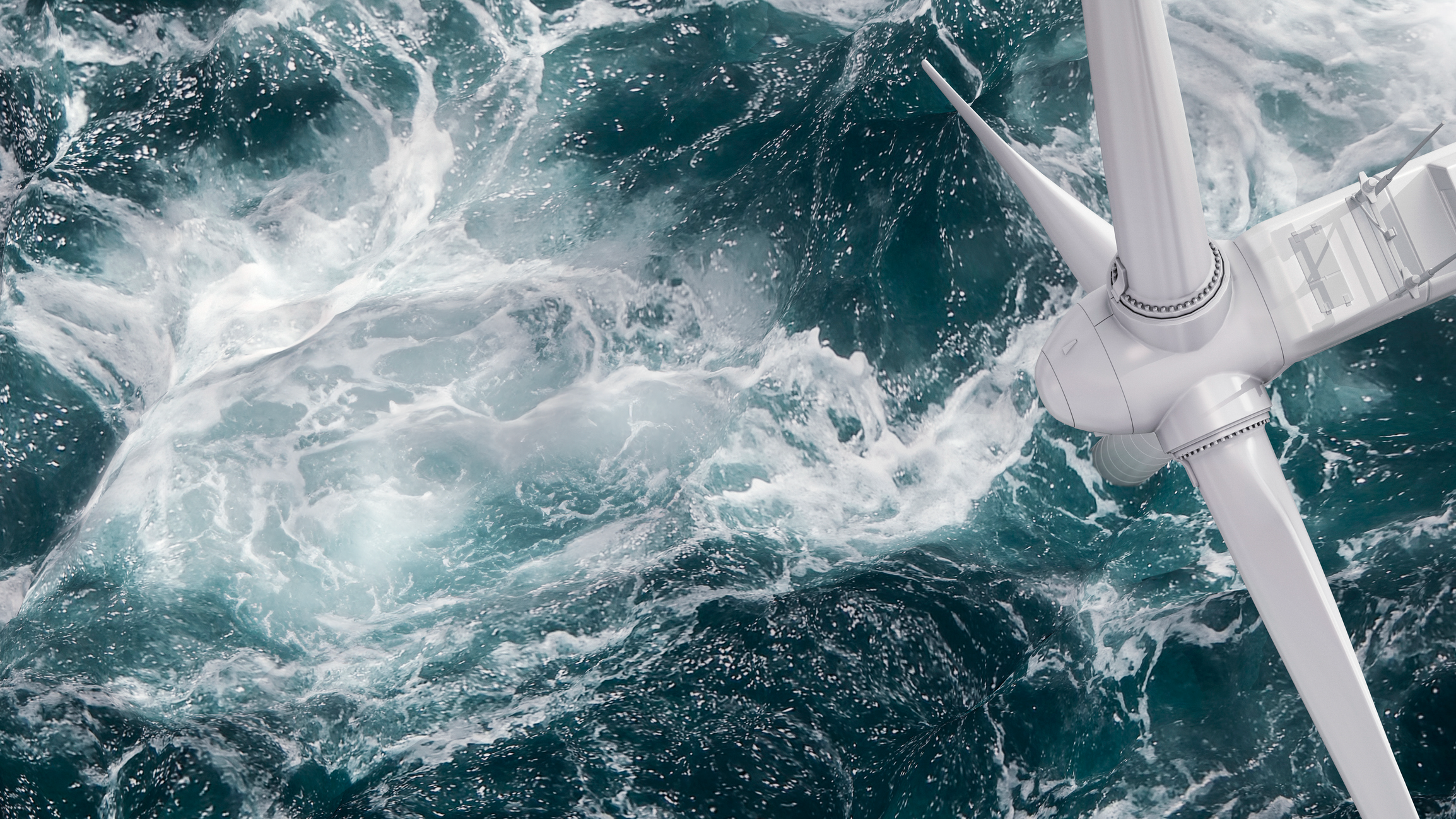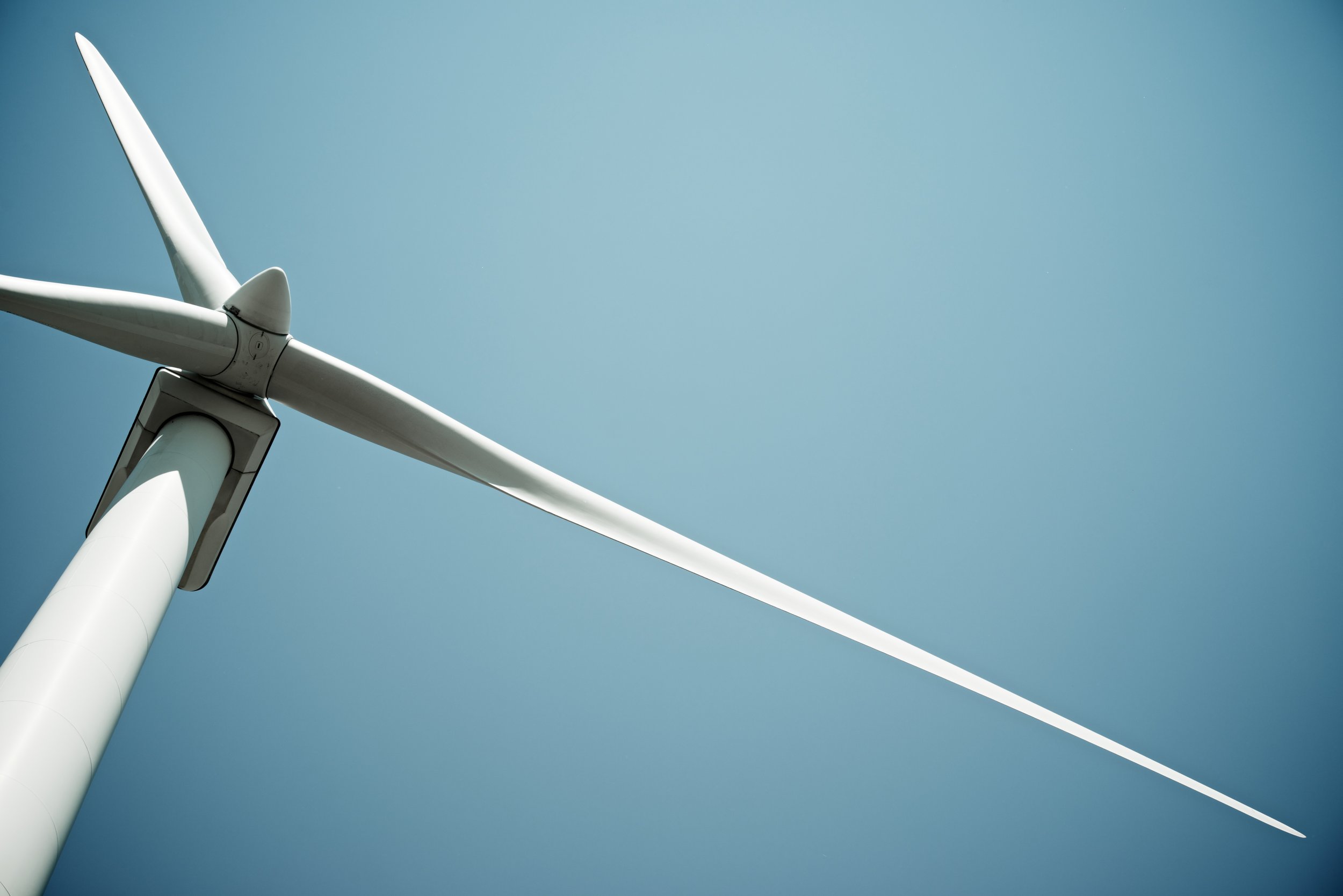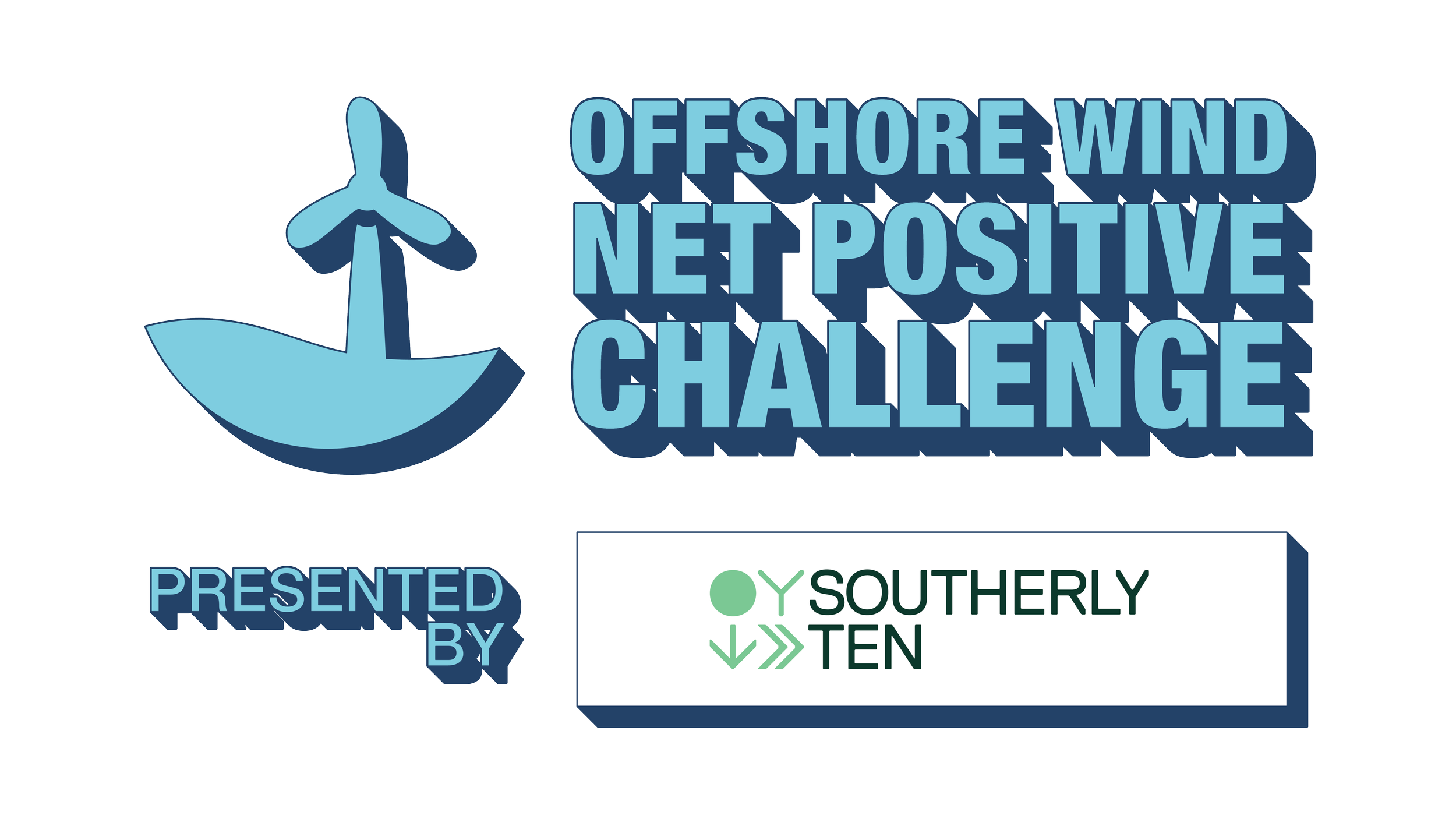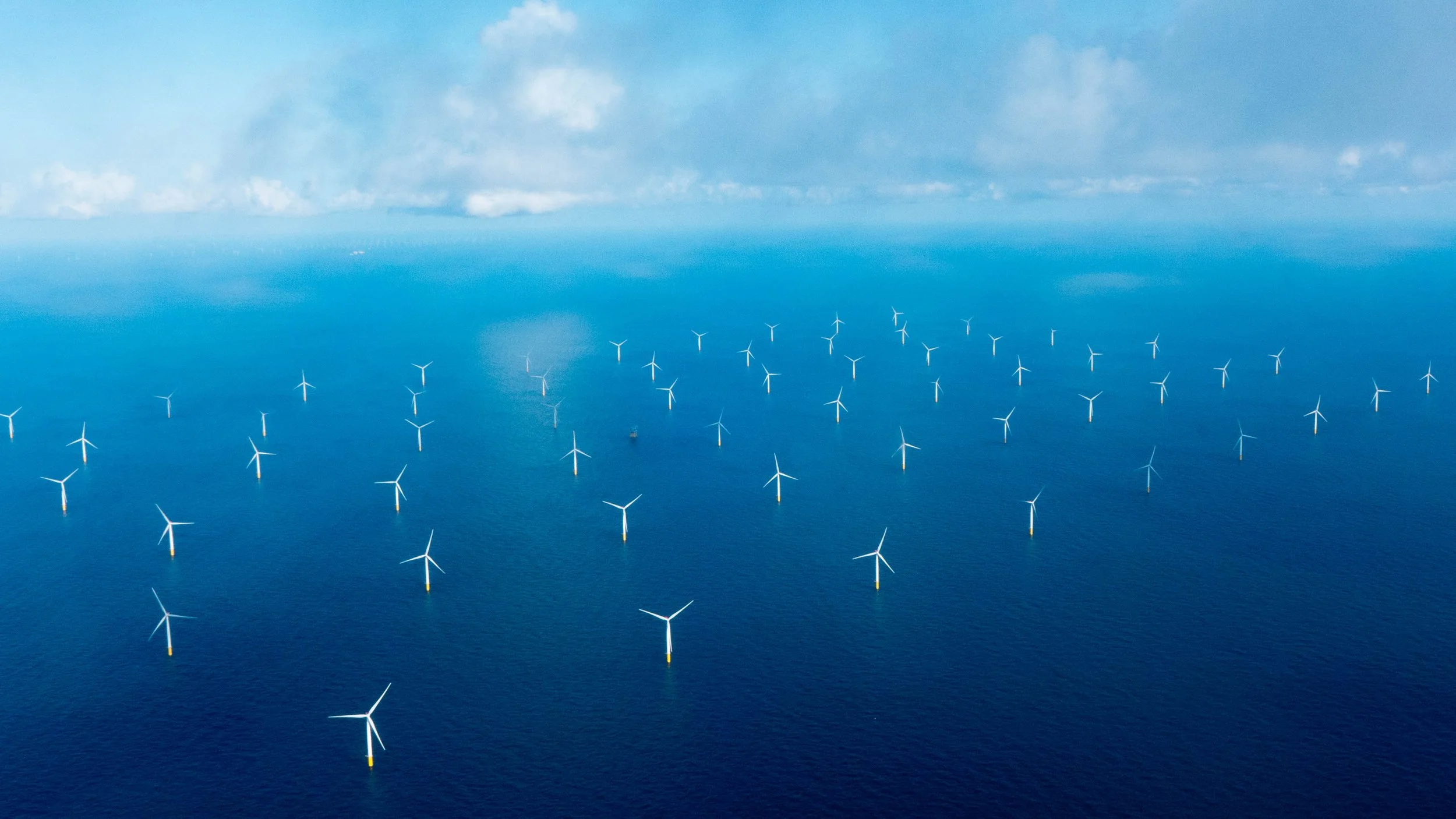
Helping Australia’s emerging offshore wind industry have
a net positive impact on the ocean, biodiversity, and climate.
Applications have now closed.
Meet the winners or express your interest in future challenges below.

The ocean is home to 80% of the world’s biodiversity and absorbs 90% of excess heat generated by our changing climate.
With the global blue economy valued at $2.5tn, and the offshore wind (OSW) industry expanding rapidly – experiencing a 15% growth in 2023 – the science is clear: the ocean provides solutions to our greatest challenges.
Beyond its crucial role in the energy transition, how can responsible offshore wind also have a net-positive impact on the ocean and biodiversity?
The Offshore Wind Net Positive Challenge presented by Southerly Ten will create opportunities for innovative Australian and New Zealand companies to work with the emerging OSW industry, enabling it to be a force for good for the climate, ocean, and biodiversity.
Why Should You Apply?
Select organisations can benefit from:
Meet leaders from Southerly Ten and the OSW Industry
Industry Connections
Investor Access
Meet active blue economy and climate investors
Prospective Customers
Exposure to potential customers from across ANZ and the world
Community
Join OIO’s startup community and access future growth opportunities
Exposure
Broad awareness for your solution across OIO website, social media, and other communication platforms
Grow Your Network
Expand your network, including to experts in science & technology

To date “no net loss” has been industry best practice – often set out in national and state regulations – aiming to avoid and mitigate the impacts of offshore infrastructure projects. But what if the OSW industry went beyond this? Southerly Ten and OIO believe that innovative solutions can help responsible offshore infrastructure projects have a net-positive impact – improving climate outcomes whilst actively enhancing biodiversity.
Going Beyond “No Net Loss”
Source: SeaAhead. (June 2024). The Wind, Wings, Fins, and Shells: Innovations to Support Biodiversity in Offshore Wind.
Challenge Categories
Key Dates
Application
Period
13 November – 18 December 2024
Applications
Assessed
27 January – 21 February 2025
Finalists
Informed
Week of 24 February 2025
Finalist Showcase (Virtual)
Week of 3 March 2025
Successful Solutions Showcased
Sydney Climate Action Week
Week of 10 March 2025
Evaluation CRITERIA
Alignment to challenge categories
How does your solution address the objectives and focus areas of the OSW Challenge?
Technical viability
& feasibility
Is your solution technically sound and feasible to implement with current or near-future technologies?
Expertise & Experience
Does your team and any partners involved possess the necessary expertise and relevant experience to successfully execute the project?
Scalability
Can your solution be scaled up to effectively meet offshore wind demands?
Innovation
Does your submission demonstrate innovation and creative problem-solving? What is the innovative merit of your solution?
Impact
What is the potential impact of your solution on advancing the Offshore Wind Net Positive Challenge objectives?
FAQS
-
We welcome submissions from startups, scaleups, science institutions, and small-medium enterprises.
-
Subissions from anything not directly connected to the solution categories, such as consulting and services firms, advocacy groups, etc.
-
Offshore wind energy is a fast-growing global industry in which innovative solutions are needed and adopted to support its continued sustainable growth. Southerly Ten is one of many offshore wind developers seeking solutions to adopt as projects are rolled out.
-
Once you submit your application, all submissions will be funnelled through a panel of domain experts, which includes the Southerly Ten team.
-
Finalists will be selected to showcase in front of a virtual panel of domain experts the week of 3 March 2025. The winning solutions will be announced at Climate Action Week in Sydney on the week of 10 March 2025.
Helping Australia’s emerging offshore wind industry have
a net positive impact on the
ocean, biodiversity, and climate.
Supported
by








